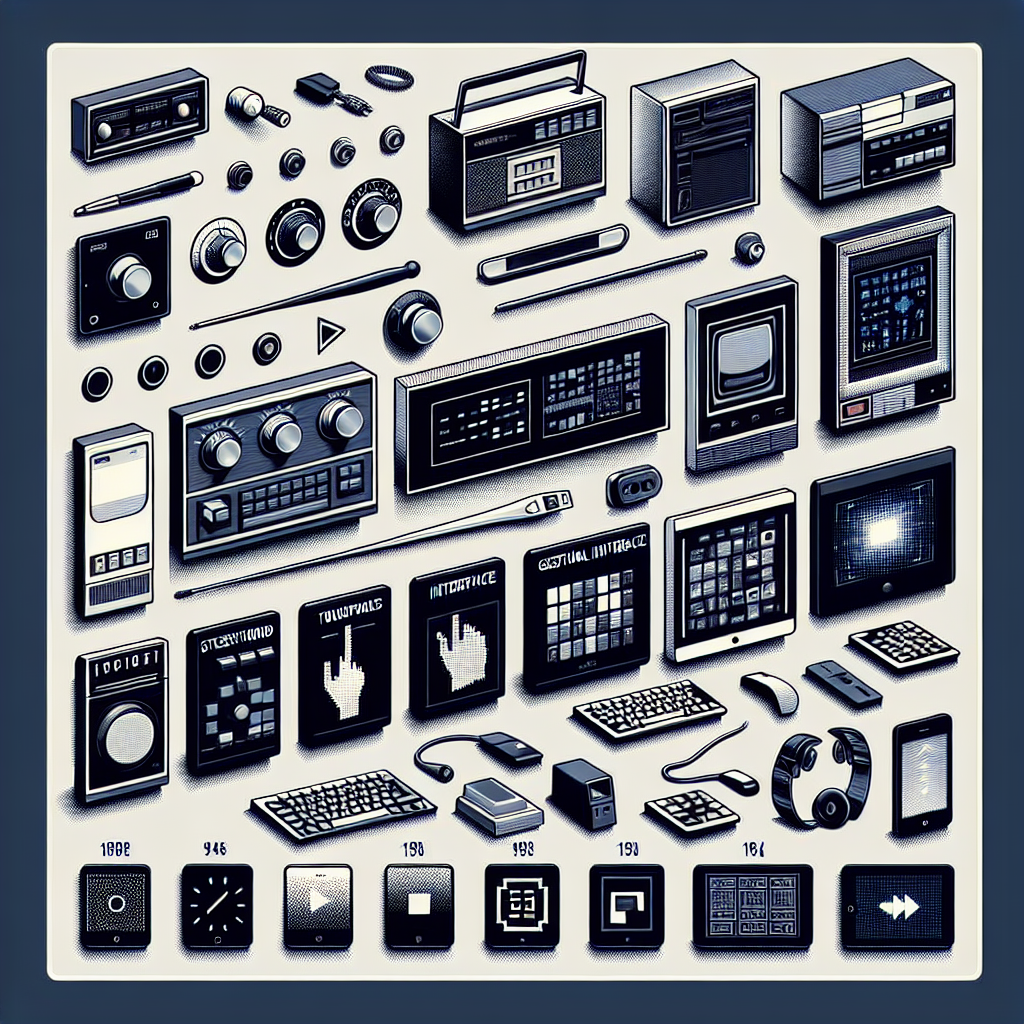Your cart is currently empty!
The Evolution of Interface Design: From Analog to Digital

Interface design has come a long way since its humble beginnings in the analog era. From the days of physical buttons and knobs to the sleek touchscreens and intuitive user interfaces we see today, the evolution of interface design has been nothing short of revolutionary.
In the early days of technology, interface design was a purely physical affair. Users interacted with devices through buttons, switches, and knobs, with each action requiring a physical movement. This meant that interface design was limited by the physical constraints of the device, with designers needing to carefully consider the placement and size of buttons to ensure ease of use.
As technology advanced, so too did interface design. The introduction of digital interfaces brought about a whole new set of possibilities, with designers able to create more dynamic and interactive user experiences. The rise of graphical user interfaces (GUIs) in the 1980s further revolutionized interface design, allowing users to interact with devices through visual elements such as icons, menus, and windows.
The advent of touchscreen technology in the early 2000s marked another major milestone in interface design. Touchscreens allowed for a more intuitive and natural way of interacting with devices, with users able to simply tap, swipe, and pinch their way through menus and screens. This new level of interactivity opened up a whole new world of possibilities for designers, who could now create interfaces that were not only functional but also aesthetically pleasing.
Today, interface design has evolved even further with the rise of mobile devices and responsive design. With users now accessing websites and applications on a wide range of devices, from smartphones to tablets to desktop computers, designers must create interfaces that are not only visually appealing but also adaptable to different screen sizes and resolutions.
The future of interface design looks set to be even more exciting, with technologies such as virtual reality (VR) and augmented reality (AR) offering new ways for users to interact with digital content. As these technologies continue to evolve, interface designers will need to adapt and innovate to create immersive and engaging user experiences.
In conclusion, the evolution of interface design from analog to digital has been a fascinating journey, with each new technological advancement bringing with it new possibilities and challenges for designers. As we look to the future, it is clear that interface design will continue to play a crucial role in shaping the way we interact with technology, and we can’t wait to see where it takes us next.

Leave a Reply